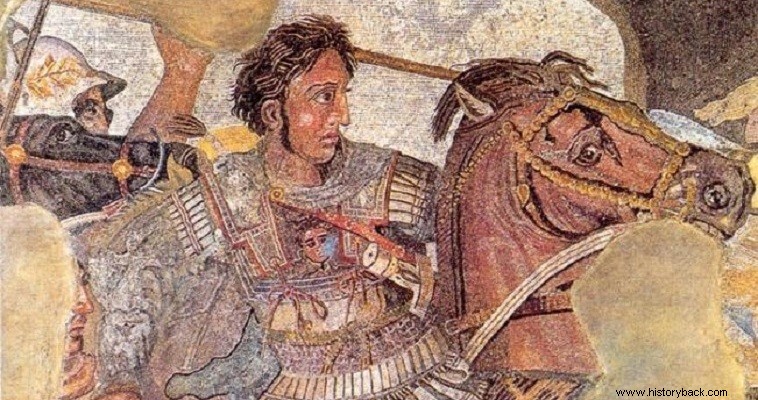
In the Iliad Homer regularly shows divisions of heavy infantry being supported by "fire" of light infantry.
The Orientals developed small formations of heavy infantry and archers and "sparabara" type formations (a formation where the men in the front line carried large shields and spears and everyone else behind them bows).
Rushing from there, Alexander - the Iliad was his "Gospel" - thought of creating the experimental phalanx . Each regiment of 256 men of Alexander's experimental phalanx was lined up 16 fathoms deep, of which the men of the first three were armed with sarissas, the men of the next ones with bows and those of the last again with sarissas.
It was a formation whose philosophy of development lay in the mix of melee and melee weapons. Such a formation was virtually invulnerable to cavalry attacks, but not heavy infantry.
Apparently this was a formation to deal with Oriental opponents who had no battle-worthy infantry, but neither did they have sufficient armor to deal with the barrage of arrows that this formation was capable of unleashing.
And the three front yokes of sarissaphoros had enough power to withstand the impact of lightly armed pedestrians, who, in order to get closer to impact, would have previously suffered significant damage from the arrows.
However, Alexander never used the experimental phalanx in battle, just like his successors and descendants.
